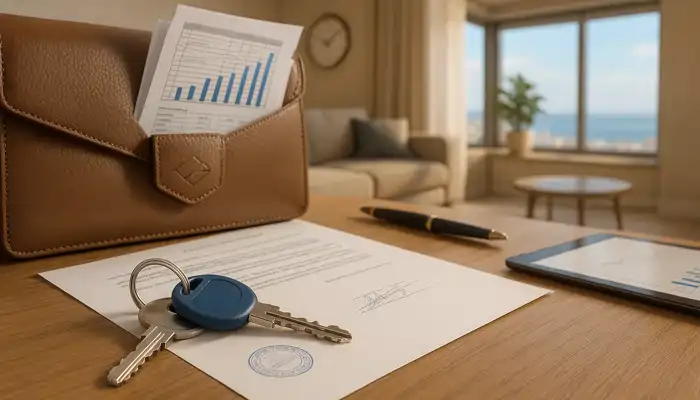Spain is a country that attracts the attention of many real estate buyers, especially those who dream of a house by the sea. However, purchasing property here has its own peculiarities and hidden risks that can significantly affect living comfort. Let’s look at the main areas to avoid when buying a home.
1. Properties near the water
The first thing that attracts buyers is proximity to the sea. However, properties near the water have high humidity levels. This can lead to respiratory problems, especially for people with asthma and chronic lung diseases. High humidity also creates conditions for mold and dampness in houses, making such locations risky for permanent living. If you are still considering buying a house near the water, property inspection before purchase can help identify potential problems.
2. Areas near stormwater drains and stagnant water
Along the Spanish coastline, there are so-called “verde” zones where stormwater channels are located. These ditches often overflow after rains, and water can stagnate, especially during the spring and autumn seasons. This creates excessive humidity and triggers allergic reactions. In summer, these areas may dry out, but for health reasons, it is better to avoid buying property in such regions.
3. Houses without foundations
In some areas, such as near salt lakes, old houses (from the 1960s to 1990s) can be found, which were often built without foundations. Such houses offer poor protection against moisture and dampness, which also fosters the growth of mold. These structures are often not elevated above the ground, leading to issues with their durability and comfort. Buyers are better off avoiding such options, especially if the property is of older construction. If you are interested in new builds, they generally have more reliable structures. See more details in the new constructions section.
4. Properties with a smell of dampness and sewage
When inspecting a house, it is important to pay attention to odors. If a smell of dampness or sewage is noticeable upon entering, this may indicate problems with water supply and ventilation. Such issues often arise in vacant houses where water traps have dried out. The smell of mold and visible stains on plumbing fixtures are warning signs. Such houses are best avoided, as eliminating the causes of the odor can be a challenging task.
5. Properties prepared for sale
If a house has been specifically prepared for sale, it may be hiding existing defects. Sellers might “refresh” the property, masking odors and minor flaws. An experienced builder or engineer can help assess the true condition of the property. This is especially important for those considering purchasing property as an investment, as problems hidden at the time of sale may surface later and require significant expenses. Assistance with document preparation can ensure transaction transparency.
Conclusion
When buying real estate in Spain, it is important to consider not only the location but also the living conditions in a specific area. High humidity, poor infrastructure, lack of foundations, and hidden defects can create serious issues. Consult professionals and thoroughly investigate the property before purchasing to avoid problems in the future. Transaction support can assist you with this.








